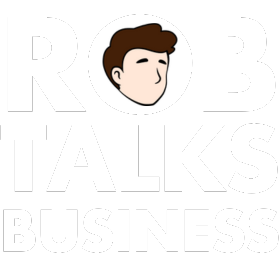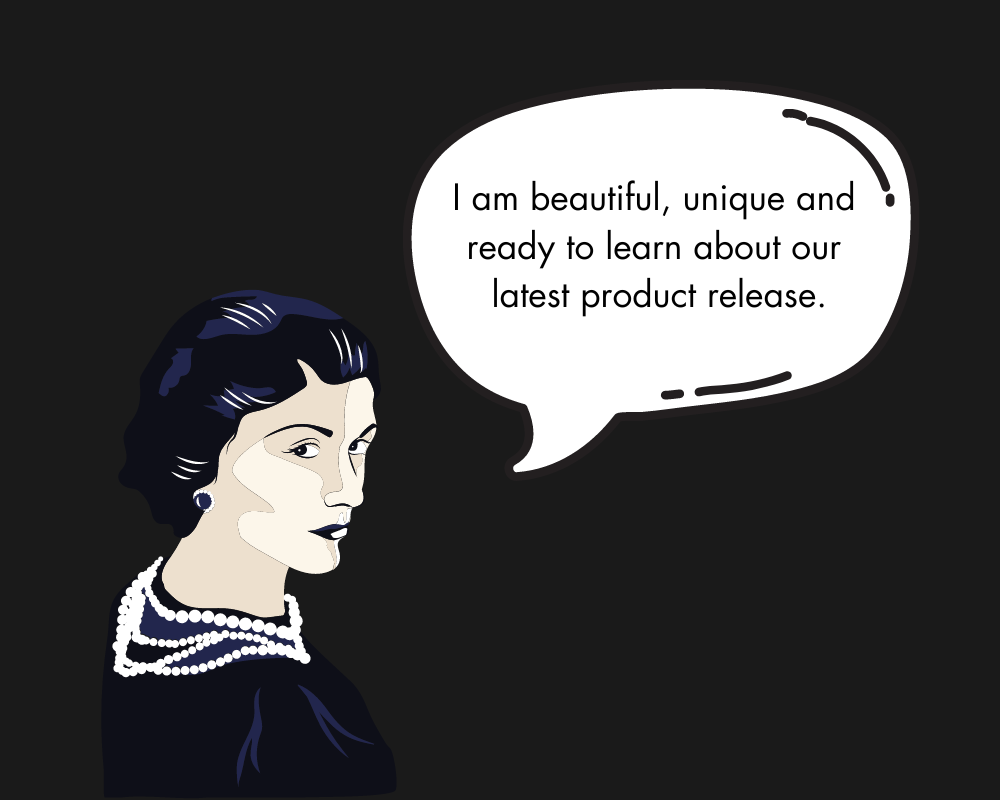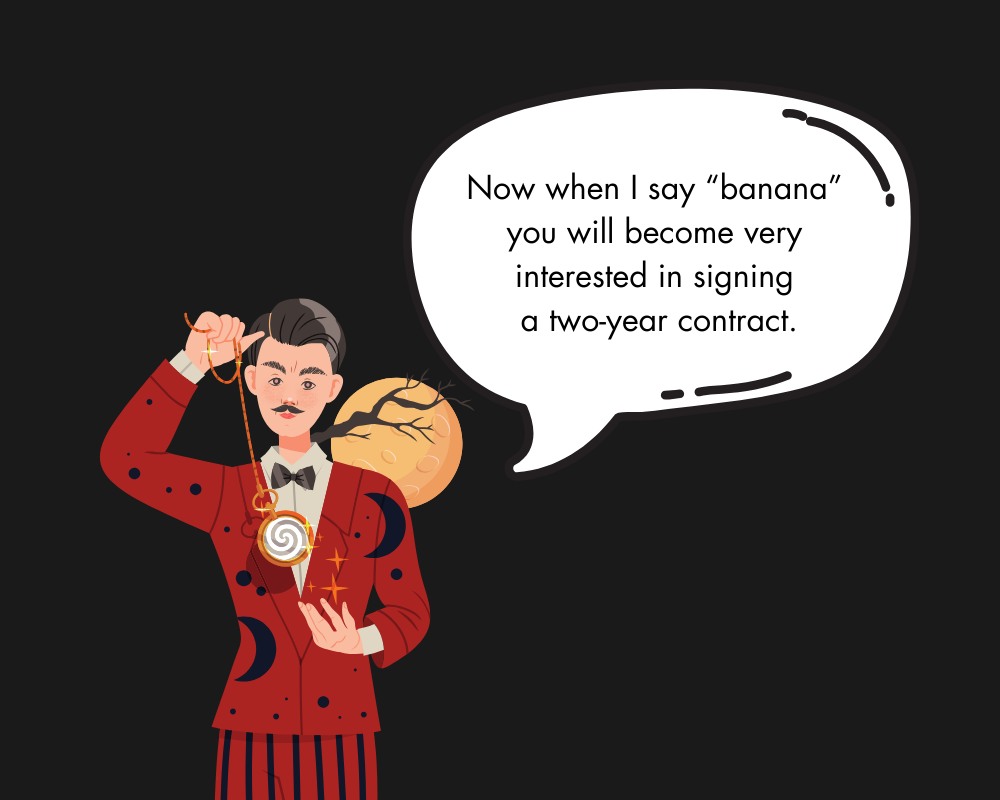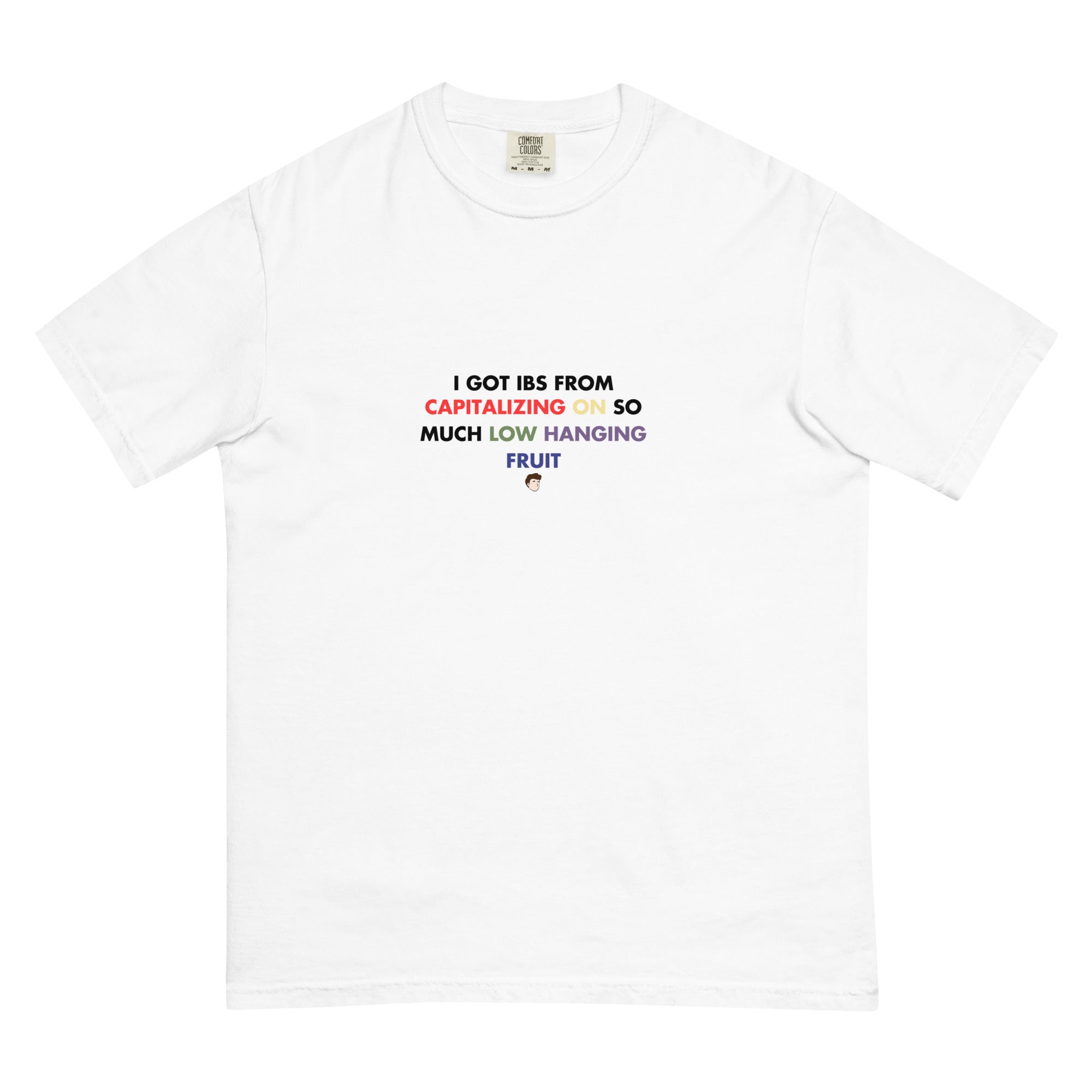Take inspiration from a post by Jason Cohen on "A Smart Bear." Notice how instead of merely claiming something is "easy," he says, "so straightforward, you won’t need a manual."
Instead of calling a product "inexpensive," he reframes it as “just a dollar a day.”
These subtle shifts in language breathe life into the message, creating an experience that feels more personal and less generic.
The small details speak volumes.
In contrast, corporate jargon is the death of authenticity.
Consider the robotic, empty phrases often used in business: "leverage agile frameworks," "organically grow disruptive innovation."
These words are lifeless, stripped of the human touch that true communication requires.
And with the rise of AI-generated copy, this problem only intensifies.
While AI can handle the basics, only the human mind can inject the level of detail required to surprise and delight other human minds.
To win in this crowded field, you must always ask yourself, “How can I make this message more lifelike?”
Here are strategies to ensure your marketing stands out in a world of copy-paste mediocrity:
1. "Deep Dive" into Consumer Insights
Just as da Vinci meticulously studied the interaction of light and shadow, you must delve deeply into the psychology of your target audience.
Surface-level insights - like basic demographics - will never give you the complete picture.
You need to understand the motivations, desires, and fears driving your consumers. Only by drilling down into these hidden layers will you uncover the key to crafting messaging that resonates.
In my experience managing over $50 million in paid media, the deeper interests and more specific targeting always performed better, often at a lower cost-per-action.
For example, rather than targeting broad categories like “Running” or “Fitness” for a running shoe campaign, focus on narrower, unexpected interests like “Trips to Portland.”
This audience is more refined - they have disposable income and likely enjoy outdoor activities.
The extra layers make your message feel personal, not generic.
2. Be Real in Representation
Leonardo’s work stands out because of its commitment to reality.
He didn’t embellish or exaggerate; he captured the truth of what he saw.
The same should apply to your marketing.
Avoid setting unrealistic expectations or making claims that seem too good to be true. If your offer sounds exaggerated, you may win a click, but with it comes immediate skepticism.
When your message aligns with reality, every click counts for more, leading to better remarketing opportunities and long-term engagement.
3. Engage Emotionally with Your Audience
Leonardo’s genius lay in his ability to evoke deep emotion through the smallest details.
Your marketing should do the same.
Don’t view your audience as mere data points; view them as individuals with specific viewpoints and experiences.
By addressing real emotions, desires, and problems, you can create marketing that resonates on a human level. Yes, this might alienate certain segments of your audience, but it will also create a passionate, loyal following among those who feel a connection to your brand.
When you craft your messaging to reflect the emotional realities of your audience, you make your brand not just seen but felt.
This is the essence of reciprocity - they feel understood, and in return, they reward you with their attention and loyalty.
4. Visuals Should Tell a Story
The visuals in your campaign should do more than just capture attention.
They must contribute to the story you are telling.
Leonardo didn’t merely paint; he conveyed narratives through his work.
The same goes for your visuals.
Each element should align with your brand’s message, creating a cohesive experience that is both captivating and relatable. When visuals are rich with detail, your audience will be drawn in without knowing why - just as da Vinci’s audiences were pulled into his paintings.
5. Refine Your Messaging Like a Master
Leonardo was known for his endless refinement of technique.
Likewise, you must adopt a similar mindset when it comes to your messaging.
If you start with something general, that’s fine - but spend the time afterward to refine it. Spend 10 to 15 minutes reading customer reviews, absorbing insights that can be incorporated into your final draft.
This extra step is often the difference between mediocrity and mastery.
Think of it like going for a run in the snow - most won’t bother, but the few who do stand apart. The additional effort you invest will set you apart from the competition.
Conclusion: Mastery Through Detail
Leonardo da Vinci’s mastery came from his relentless focus on detail, and the same can be true for your marketing.
In an age where AI-generated content and cookie-cutter campaigns are the norm, the only way to stand out is through an obsessive focus on the details.
Whether it’s consumer insights, emotional resonance, or visual storytelling, the smallest refinements are what create lifelike, compelling messaging.
It is in these details that your brand will find its depth - and ultimately, its success.






